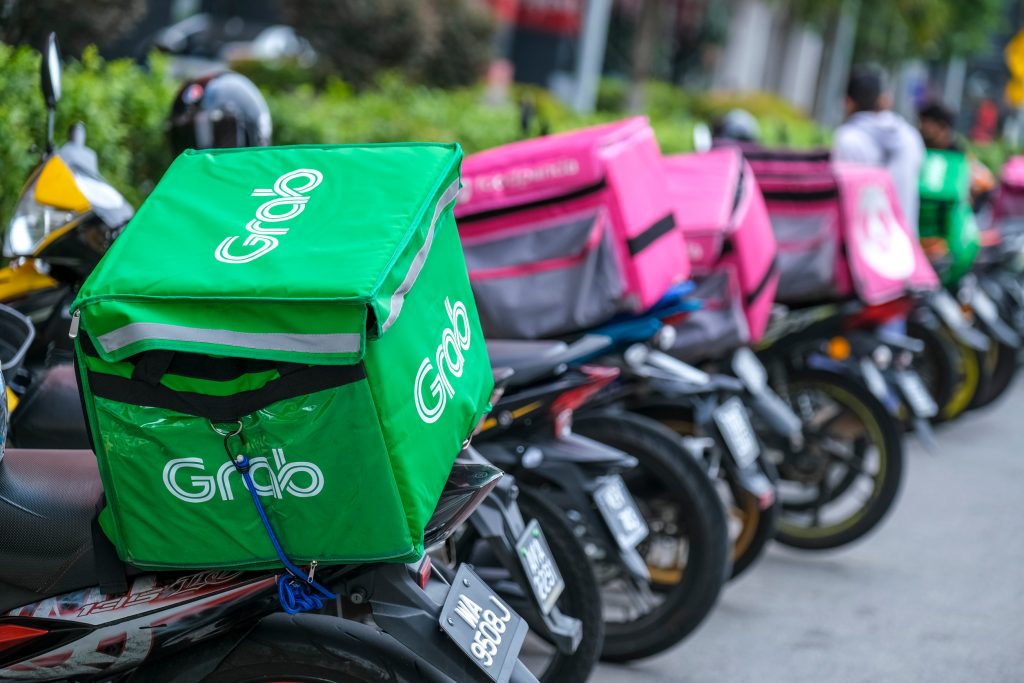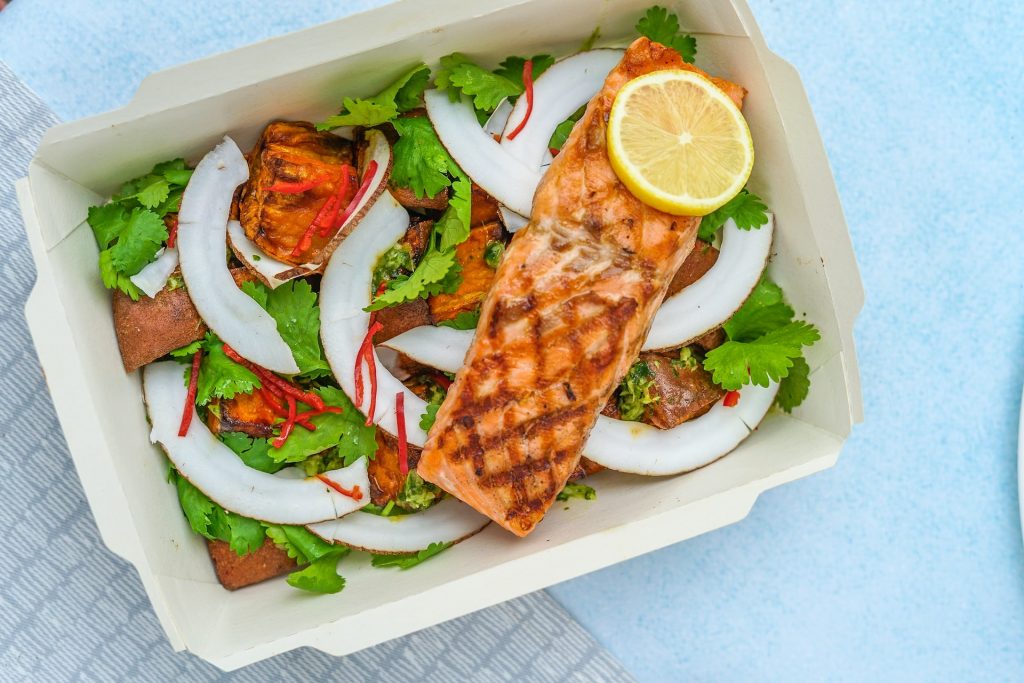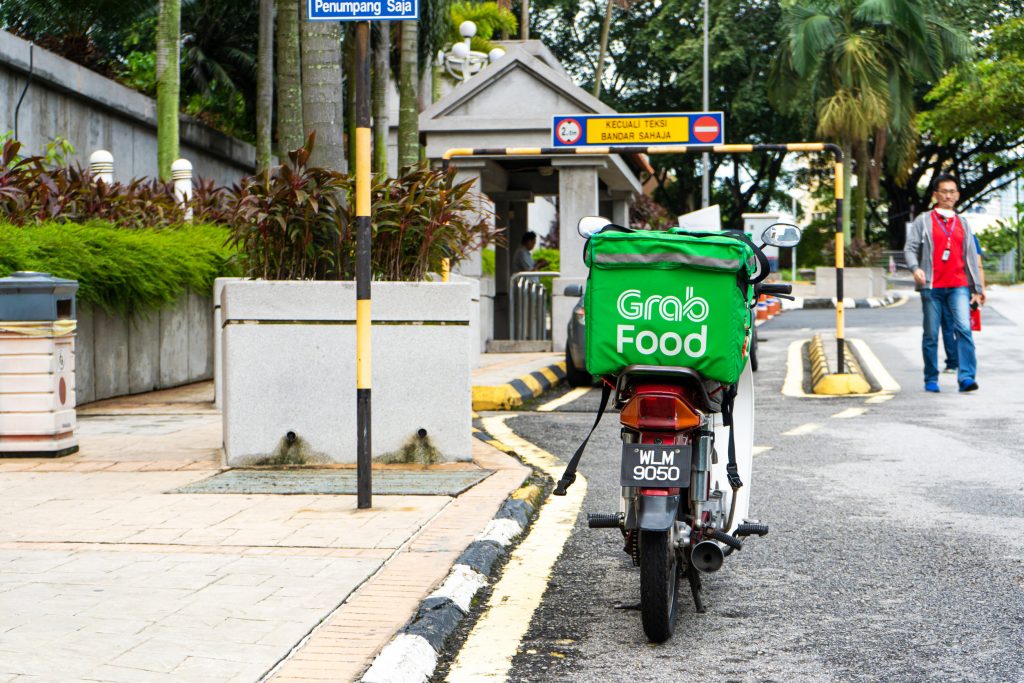BLOG
Malaysia’s Online Food Delivery Exploded with the Help of the Internet. Here’s Why.

The COVID-19 pandemic dealt a devastating blow to most industries across the globe. The hospitality, food, and beverage industries bore the greatest brunt of the pandemic with cessation of movement, lockdowns, and other recessive protocols. The food and beverage industry, for instance, largely depended on the profits from customers who dined, wined, and dropped in to pick takeout. And the pandemic happened, and most of these businesses ground to a halt.
Of course, with the advent of mobile technology also came mobile delivery apps, and these have existed even before the Coronavirus. But for a long time, the potential of e-commerce in the F&B industry remained untapped. This was partly because most business owners were too comfortable with how things were running to invest in this side project and somewhat because other businesses lacked the technical and financial resources to invest in and manage these apps.
However, after cessation of movement and lockdowns were imposed, it became a wake-up call that saw most businesses leave their comfort zones to ensure survival. There was no way these businesses could operate without delivering food to customers. So, we witnessed the internet explosion that revolutionized the food delivery services and, by extension, the F&B industry.
Food Delivery Companies: The New Paradigm Shift of Online Food Delivery Services
In the current global climate, there has been a massive shift from in-person to online presence. Microsoft Teams, Zoom, and Google Meet are but a few of the ways we have learnt to navigate our current working and learning environments.
Being homebound is still a reality for most of the worlds’ population. Many industries are looking for ways to keep up with what might be the 2021 economic surge. They’re looking towards AI to aid e-commerce, marketing and personalised services when this happens.
Being health conscious is more prevalent now than before the pandemic began. Google Trends estimated that there was just over a 4,500% increase in searches on how to live a more healthy lifestyle. As such, people are beginning to monitor their health by using AI innovation like Apple watches.
The health and pharmaceutical industries are investing in AI Innovation to better diagnose and treat patients. The aim is to improve many of the shortcomings seen in the health sector during the worst of Covid-19.
Nurses and doctors will work with technology that fills in and monitors patient charts. This will help with the early detection of diseases and also lessen the workload of overworked staff. Not to mention how AI has aided in vaccine development this past year by analysing a vast amount of virus-related data.
Why AI Will See Rising Demand for 2021
Food delivery is still a new and growing service that is rapidly evolving and is poised to become an industry in itself. Most restaurants are now opting to develop their own apps and chart out their own delivery services. Still, others find using existing third-party platforms and apps cost-effective.
The advancements in digital technology have significantly transformed the food delivery process. Previously, food delivery involved a physical interaction between the customer and the restaurant they were ordering from. Now, more and more food delivery companies are springing up with the sole purpose of being intermediaries between the buyer and the seller. These companies are responsible for funnelling orders from customers to restaurants, picking up and delivering those orders. What makes these companies reliable is the ordering process which remains transparent and straightforward. And in case of a complaint, these same companies act as mediators, ensuring that customer complaints are addressed.
Keeping Up with Ever Changing Customer Preferences
E-commerce has become such a popular trend, a new way of life that has made life simple and easy. Now people are used to getting whatever they want and whenever they want it delivered to their home. For instance, if someone wants to enjoy fried chicken on a rainy and chilly afternoon, they don’t need to go to the restaurant. If they’re held up at work that they can’t get out for lunch, it can be brought to their desk in no time. Recognizing this new change in customer preferences, restaurants have been compelled to conform and to keep up pace.
Currently, there’s an estimated 37% of restaurants offering online food deliveries, with thirty-two percent of these accept mobile payments. The trend is further expected to grow in the next few years. Also, research indicates that most of those who order food online are aged between 21 and 36. The next generation is predicted to adopt these same online ordering patterns and trends as the current generation grows older, suggesting that the trend is here to stay and will forever shape how we order and consume meals.
And the growth of food delivery platforms and apps cannot be ignored either. These explosive platforms make the process of food delivery and payment services easy and convenient for customers. If anything, they all encourage customers to make online orders instead of going to the restaurant.
The Digitization of Food Ordering

Millennials and Generation Z have grown up with technology, and online orders and deliveries are the way of life. They’re also the ones dragging their rather analog parents and grandparents into the digital world of food deliveries. It helps that there are many ordering platforms to choose from and multiple technologies to use, from smartphones to smart speakers, social media and text messages, computers, or even TV screens. One unique platform is Foodpanda which is already an industry spanning Asia and Europe. You only have to look at the many Foodpanda coupons and aggregator sites to confirm this.
Internet Penetration and Smartphone Usage
From the above observations of current happenings, there is no doubting the internet’s impact on the online food delivery business and commerce. The upsurge in the use of smartphone devices has significantly boosted the global online food delivery services. The primary shoppers of online F&B are mostly smartphone users, and the increased number of these users currently estimated to be 3.4 billion in 2021 reflects the potential of this new industry. This growth is projected to increase by over 900 million, with an average of 31% year over year in 2024.
Grab reports more than 187 million monthly active users, pulling in an annual revenue of $1 billion in the Asia market. In 2020, GrabFood enjoyed the highest share of gross merchandise value (GMV) of food delivery in Malaysia, at 52 percent. The increase in internet penetration coupled with the advanced number of smartphone users will only continue to drive growth, according to online food delivery surveys.
Customer demand has not gone unnoticed, and many big names continue to try grabbing a slice of this lucrative pie. AirAsia Food has been growing in popularity, with both smartphone app and browser based ordering made available for users. They join a growing number of household names including Lalamove, SmartBite and of course, FoodPanda, all catering to consumers who just want a bite to eat from the comforts of home and restaurants looking to grow business during stringent pandemic conditions.
Key Impacts of the Internet on Online Food Delivery Services

The significant impacts of the internet in online food deliveries include easy and convenient access to product information through product reviews, mainly shaping customer preferences.
- Convenience: Potential customers can go over a product, check out reviews, compare prices, make their orders, and pay conveniently from their devices.
- Marketing:Â Businesses and organizations depend on the internet for advertising and marketing their products, providing customers with a wide selection of food and beverages to choose from.
- Customer Experience:Â The simple process of making orders and take-outs directly from mobile apps has significantly improved customer experience. Customers can conveniently order food from local restaurants and grocery stores. It also makes it easy to specify expected delivery times to help restaurants customize the orders to customer preferences.
- Online transaction:Â All custom meals are typically priced according to the pricing and payment options specified on the mobile app.
Security and Transparency:Â The delivery companies typically use the Global Positioning System (GPS) technology to monitor and track deliveries to cut delivery time and keep track of all orders.
Conclusion
Once fuelled by the impact of the pandemic, e-commerce in the F&B industry is now a thriving industry in itself. The continued growth of online food delivery services is expected to grow in the next few years post-Covid. As technology advances, expect innovations, trends, and brands offering various services in the F&B e-commerce space.
Allo will be there to provide the connectivity services required for budding businesses looking to capitalize as well as established brands looking to expand operations in the country, and for end users who need a stable connection, either at the home or office, to enjoy the convenience of online food delivery. Contact us to learn more about how Allo can serve your needs.
